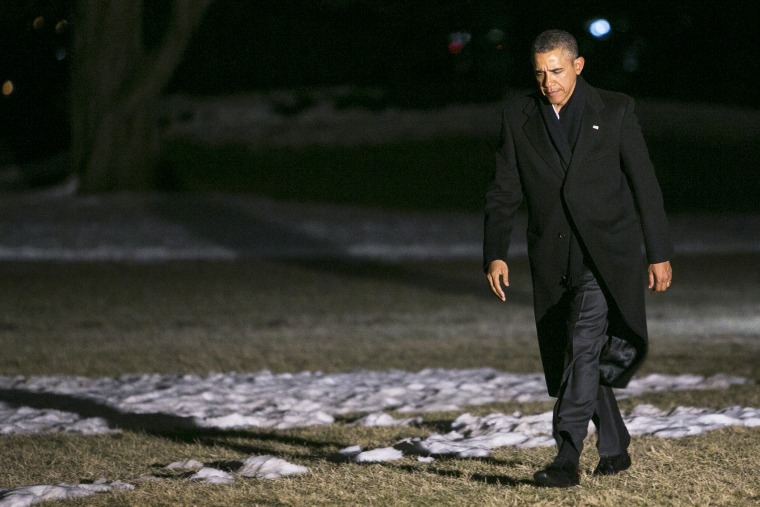After years of highly ideological battles with Congressional Republicans, it’s easy to forget that President Obama’s first bid for the presidency had a distinct and deliberate theme: ending the suffocating influence of special interests over the national agenda.
Six years later, that influence is not only stronger; it’s more secretive. The 2010Citizens United v. FEC, and the less-discussed Speechnow.org v. FEC Supreme Court decisions ushered in a new era of unlimited independent and anonymous spending in our federal elections.
But the boom in influence peddling hasn’t just been felt on the campaign side. As Lee Fangdetails in The Nation, the spike in corporate lobbying that many associate with President George W. Bush’s tenure has continued under President Obama. It’s just often been pushed off the books. In 2013, the number of registered lobbyists officially dipped to 12,281 -- the lowest number since 2002. But the sum total of consultants, government affairs, and public relations professionals involved in lobbying -- estimates American University Professor James Thurber -- is closer to 100,000. And while official figures place total lobbying spending at a still-whopping $3.2 billion dollars, the real figure is closer to $9 billion.
As Fang details, the vaguely-titled “Electronic Payments Coalition”—actually a group of banks opposed to caps on credit card fees—reported $1 million in lobbying in 2011. Due to an outdated law that only requires disclosure of certain lobbying activity, the real figure was closer to $7 million. In 2011, a defense contractor trade group—the Aerospace Industries Association—hired a a group called the “Law Media Group” to push back against trims to military spending. The push included a website encouraging visitors to contact their representatives to repeal defense sequestration cuts. The contract worth at least $1.28 million was never registered.
But the rise in spending is also emblematic of another shift in American politics: the rise of ideological astro-turf lobbying on the right. Rightwing groups like Heritage Action and the Club for Growth are able to funnel money from special interest donors to grassroots campaigns that don’t rely on registered lobbyists. This has led to a rise in spending—social media campaigns, petitions-- outside of the traditional lobbyist toolbox.
The difference, as many corporate lobbyists learned during the government shutdown, is that the Tea Party’s ideological agenda doesn’t always align with corporate America’s financial agenda. Both the series of showdowns over the nation’s borrowing authority and last October’s shutdown happened despite large-scale K Street opposition. The successful effort to block passage of the Stop Online Piracy Act came from a grassroots lobbying campaign that trumped widespread industry support for the bill.
The rise of the Tea Party may complicate K Street’s agenda, but it also ensures that their pockets will continue to be lined.
